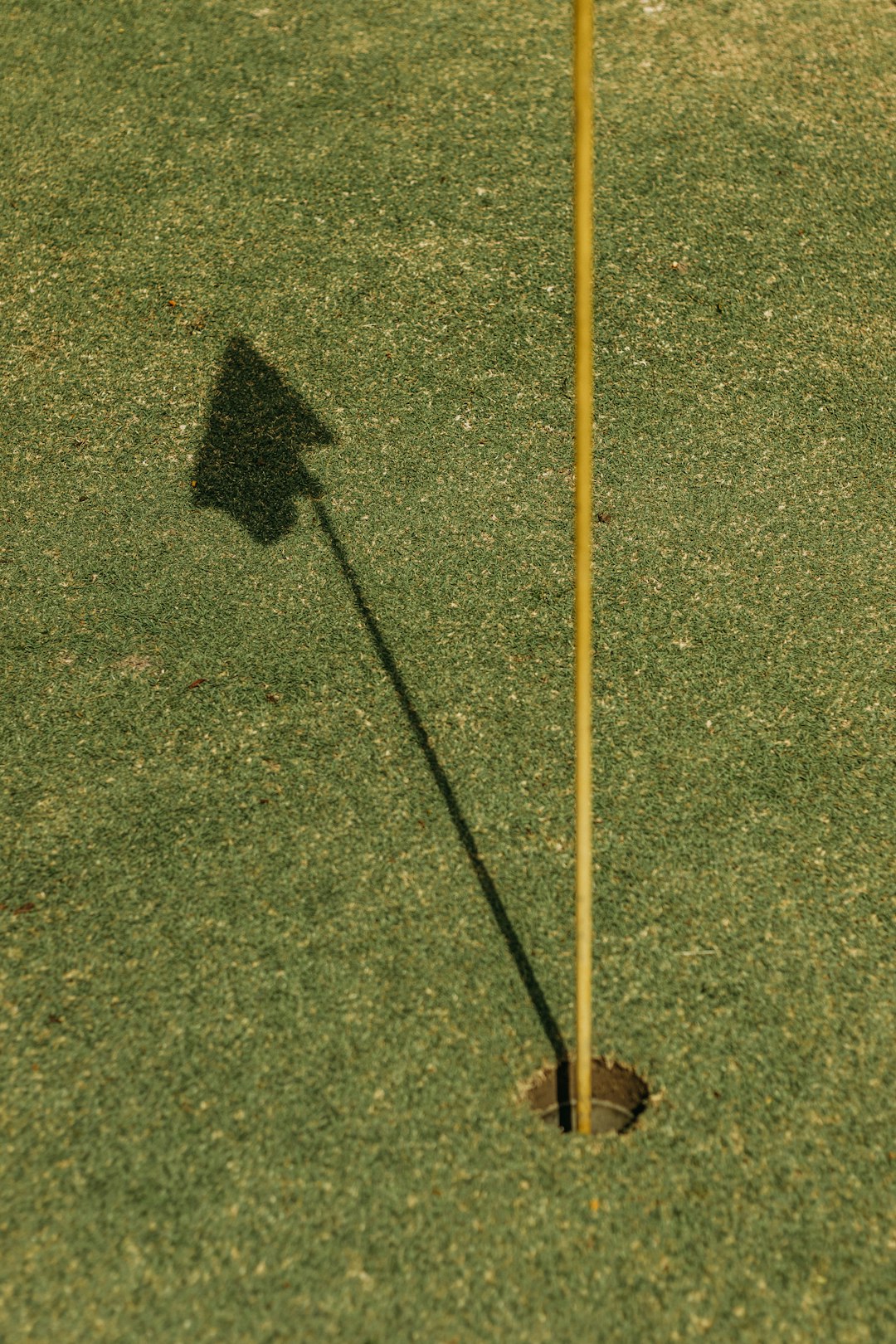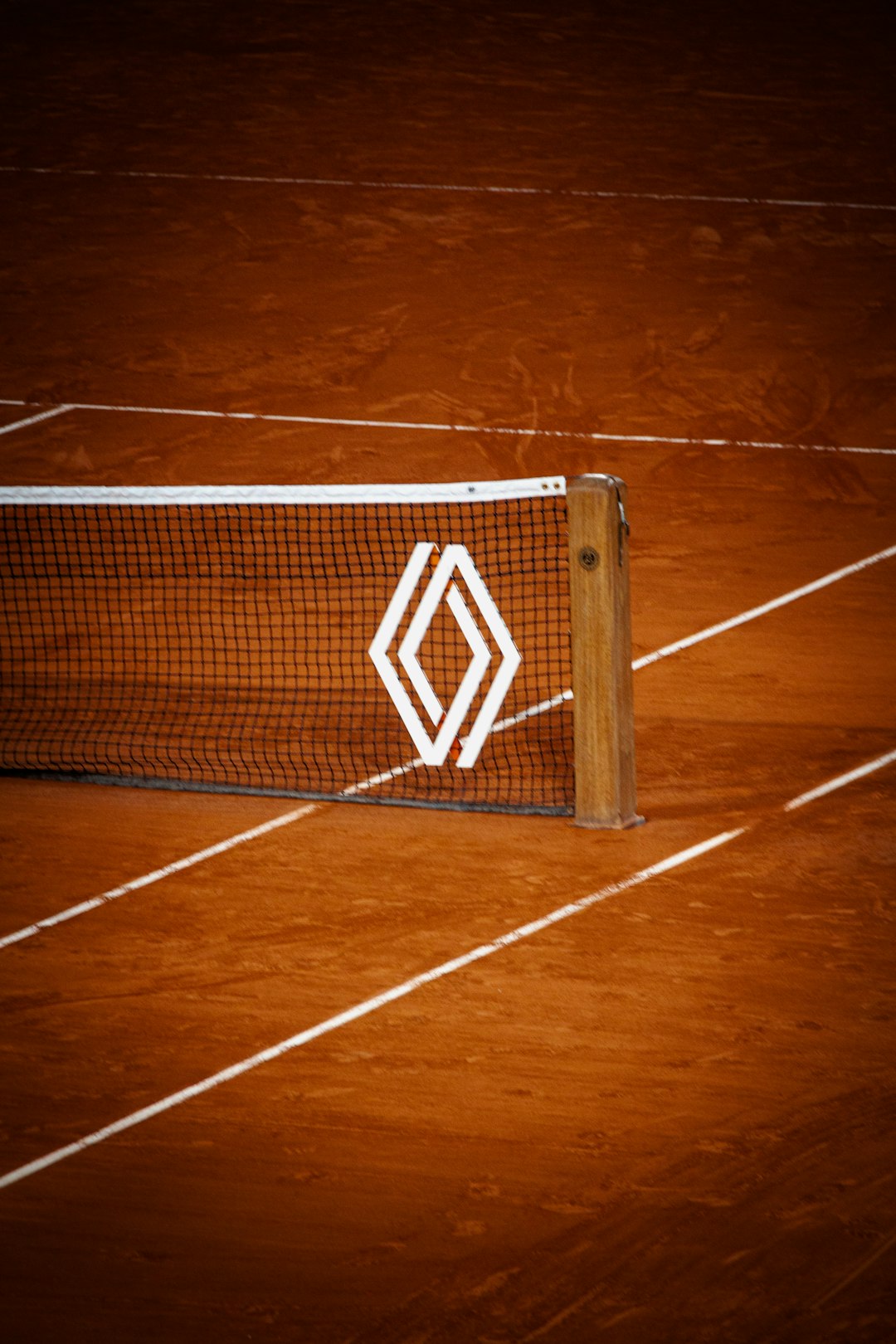The world of sports is full of powerful logos that encapsulate energy, tradition, and identity. Among niche yet historic games, croquet stands out with its genteel heritage and visual richness — making it a fantastic candidate for strong, stylized branding. Whether for a local club, national organization, or trendy apparel line, designing a croquet logo involves a nuanced blend of game equipment, historical weight, and contemporary aesthetics.
TLDR: A Brief Summary
Designing a croquet logo involves more than just putting a mallet and a ball together — it’s about capturing the sport’s heritage while making it visually appealing for modern audiences. Key elements like mallets, hoops, and vintage design nods represent the sport’s roots. At the same time, color schemes and typography choices help define its personality. By balancing historical charm with elegant simplicity, a croquet logo can achieve timeless appeal.
The Symbols of Croquet: More Than Just Equipment
Just as basketball has its hoops and baseball its bats and gloves, croquet has some instantly recognizable symbols that make their way into logos. Understanding and thoughtfully utilizing these pieces is the first step in creating an effective design.
- Mallets: The most iconic object in croquet. Mallets can be stylized to appear minimal, geometric, or vintage, depending on the brand identity you’re aiming for.
- Hoops (Wickets): These “goals” are distinctive and can double as frames or design elements when incorporated into logos.
- Balls: Multicolor sets, often in red, blue, black, and yellow, offer striking color palette options for logos.
Each of these pieces provides distinct shapes and textures that can support both bold and restrained design philosophies.

Heritage Aesthetics: A Nod to History
Unlike fast-paced modern sports, croquet conjures images of Victorian lawns, quiet intensity, and vintage attire. A well-designed croquet logo often embraces this atmosphere with what’s known as heritage aesthetics — stylistic choices that evoke the past in a manner that’s both respectful and artful.
When exploring heritage aesthetics, consider these visual strategies:
- Typography: Serif fonts, calligraphy, or types that mimic old printing presses help communicate tradition.
- Color palettes: Deep forest greens, ivory, burgundy, and navy contrast sharply with modern neon sport colors. These hues feel more refined and rooted.
- Ornamental frames: Scrollwork, leaves, or classic British crests can be incorporated subtly around the central design for impact.
It’s also worth studying existing logos from traditional sporting clubs, some of which date back over a century. Doing so offers inspiration on how to balance visual decorum with strong brand identity.
Modern Meets Classic: Ensuring Relevance
While celebrating history is crucial, a logo still needs to function in contemporary contexts — on merchandise, digital platforms, and signage. An overly complicated or purely ornamental design might look charming in print but fail to scale effectively for broader use.
Here’s how to maintain that balance:
- Simplified outlines: Keep core elements like the mallet or hoop distinguishable at icon size.
- Limit fonts: Stick with one or two typefaces. Overly ornate scripts, while beautiful, can strain readability.
- Monochrome versions: Always test the logo in black and white to ensure it retains identity without color cues.

Case Example: A club logo may feature crossed mallets encased in a thin wreath or crest, with the year of founding beneath. Add a deep burgundy croquet ball at the center to finish the rustic yet functional emblem. Try translating something like this to a screen-printed polo shirt — and you’ve got timeless marketability.
Inspiration from the Field: Real-World Logo Styles
Looking at existing croquet logos — from local clubs to national associations — you’ll find a surprisingly broad spectrum. While many embrace tradition, others lean into quirky, playful interpretations of the game.
- The Croquet Association (UK): Features a stylized hoop and mallet motif, surrounded by a traditional insignia border.
- American Croquet Society: Uses patriotic colors and bold type, reflecting American sports branding but with a croquet twist.
- Hipster Design Houses: Some fashion and design firms use croquet as a symbol of retro chic — pairing abstract mallets with modern color gradients.
Studying these different approaches can spark your own direction. Ask yourself: Should your logo evoke grandeur and tradition, or contemporary whimsy?
The Typography of Croquet
Typography plays a huge role in conveying your croquet identity. A monogrammed “CC” (Croquet Club) in an elegant serif can suggest exclusivity. Meanwhile, bold sans-serif fonts can keep things clean and modern for casual audiences.
Some ideas for fonts that work well in croquet logos:
- Garamond: Great for classic, scholarly appeal.
- Futura: Clean, symmetrical—ideal for modern minimalism.
- Trajan: Often used in prestige branding, resembles Roman inscription lettering.
- Cinzel Decorative: Adds ornamental flair while remaining legible.
Whichever font you choose, test it across use cases: embroidery on club jackets, printed newsletters, app icons, and signage. A font that reads well across mediums is essential for cohesive branding.
Color Psychology: Traditional Meets Timeless
Color in croquet branding does more than decorate — it signifies intent and identity. For logos aiming to capture heritage and prestige, a muted palette tends to work best.
Consider the following palette styles:
- Earth tones: Greens, browns, and beiges align with outdoor lawn play.
- Royal hues: Burgundy, royal blue, and gold evoke class and distinction.
- Minimal black and white: Especially effective for monogrammed or initials-based logos.
However, this doesn’t mean fun is off-limits. For kid-focused croquet sets or casual league play, adding pops of violet, cyan, or coral can make the brand more youthful and engaging.
Cultural and Historical Sensitivity
If your logo references traditional British or colonial aesthetics, be mindful of cultural sensitivities. Croquet was widely played in colonial societies, which can carry complicated associations. Designing with transparency, respect, and inclusion can help avoid unintended messaging.
Consider including diverse players, modern icons, or creating versions tailored to different cultural contexts. Even in a minimalist design, symbolism carries weight.
Final Thoughts: Crafting a Logo Worthy of Croquet’s Legacy
Designing a croquet logo is not just about making a pretty picture — it’s about telling a story. The story of an outdoor game that straddles leisure and competition, tradition, and innovation. Whether you’re crafting a logo for an elite championship, a community lawn club, or croquet-themed merchandise, consider the visual building blocks that give this sport its quiet strength.
With thoughtful design — one that marries mallets, hoops, and heritage — you can create a logo that hits the mark, just like a perfectly aimed croquet shot through the final hoop.




